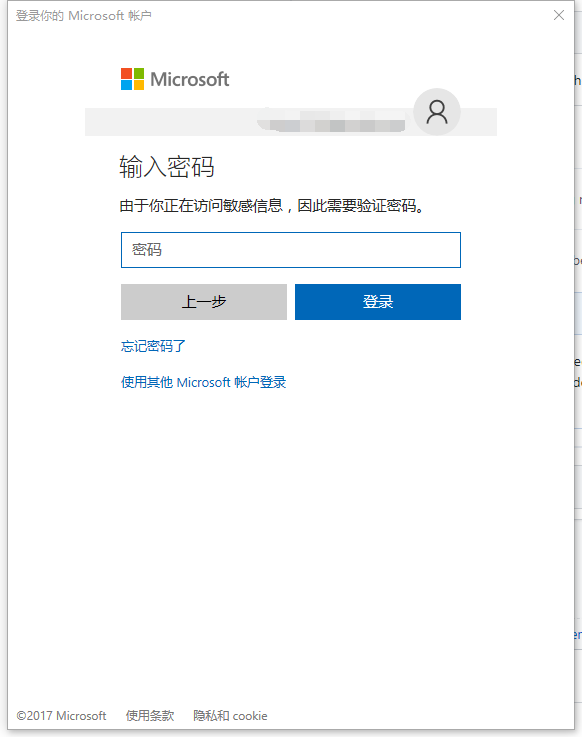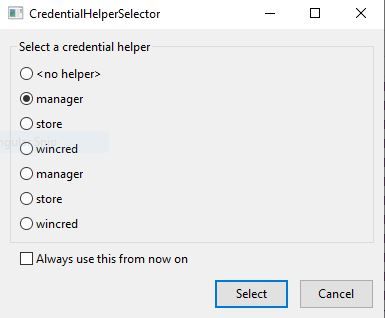

In my last blog post, I talked about the risk of proliferating “universal standards” and how introducing Git Credential Manager Core (GCM Core) would mean yet another credential helper in the wild. In short, GCM wants to be Git’s universal authentication experience. The goal of Git Credential Manager (GCM) is to make the task of authenticating to your remote Git repositories easy and secure, no matter where your code is stored or how you choose to work. These words were true when I wrote them back in July 2020, and they’re still true today. Hard to debug, hard to test, hard to get right.” – Me You will now also see a new file (.gitcredential) appear in your user directory.“Authentication is hard. The first time you will be asked for your credentials. Clone the repos, cd into it, and then do a git fetch. You are now ready to try your credentials out.


gitconfig in your C:\Users\ directory and configure git to store your credentias in the same directory.įile:C:/Users//.gitconfig credential.helper=store -file ~/.gitcredential $ git config -global user.email git config -global credential.helper "store -file ~/.gitcredential" $ git config -global user.name "John Doe" If you do this as admin (recommended) your credentials will be stored here C:\Users. gitconfig file on your machine with is going to locally store your credentials. $ git config -global credential.helper "store -file ~/.gitcredential" The way this works is we are going to use this line: Note: For these notes to work, you need to install Windows Git WITHOUT the Credential Manager enabled. This how to is for people who want to work with git from the command line but are struggling because of Windows 10.


 0 kommentar(er)
0 kommentar(er)
